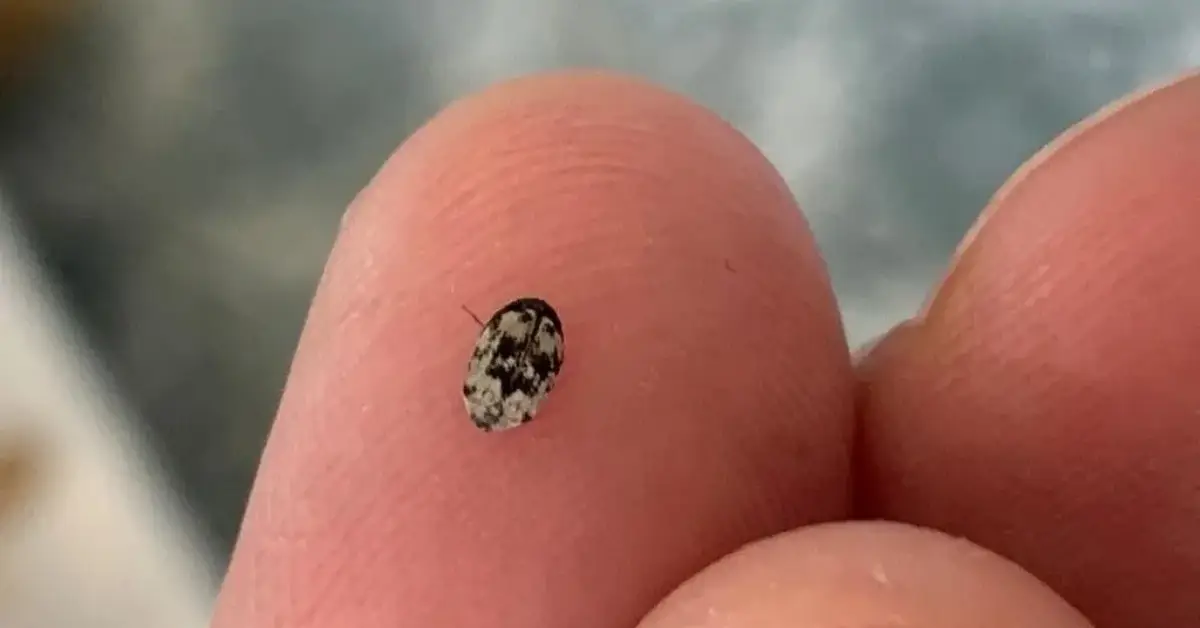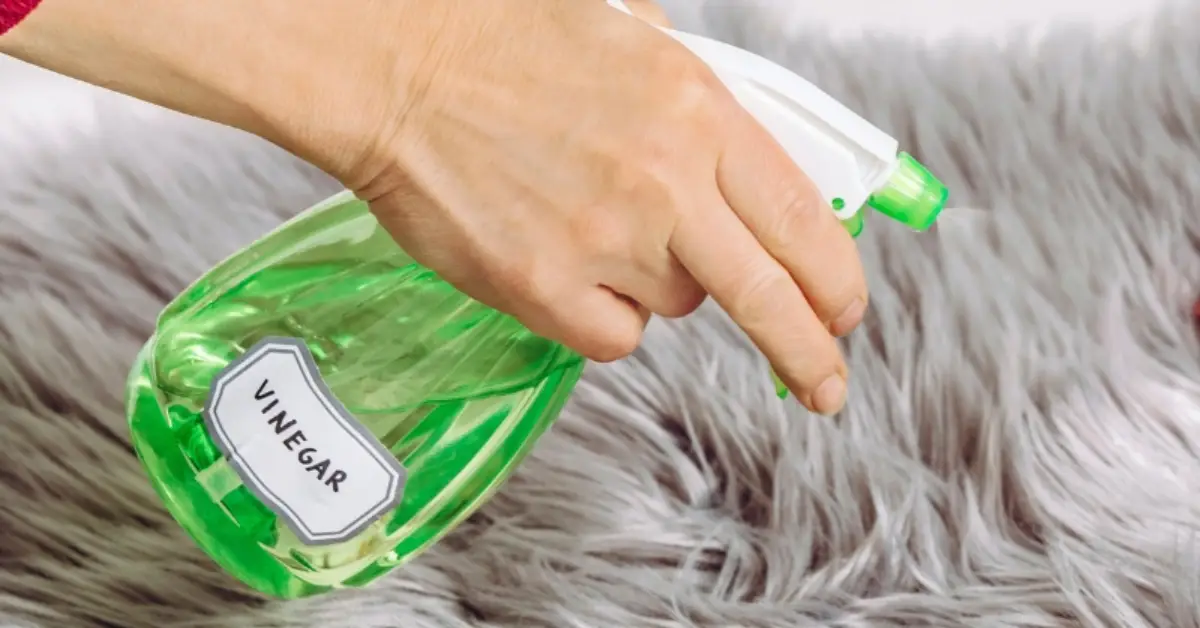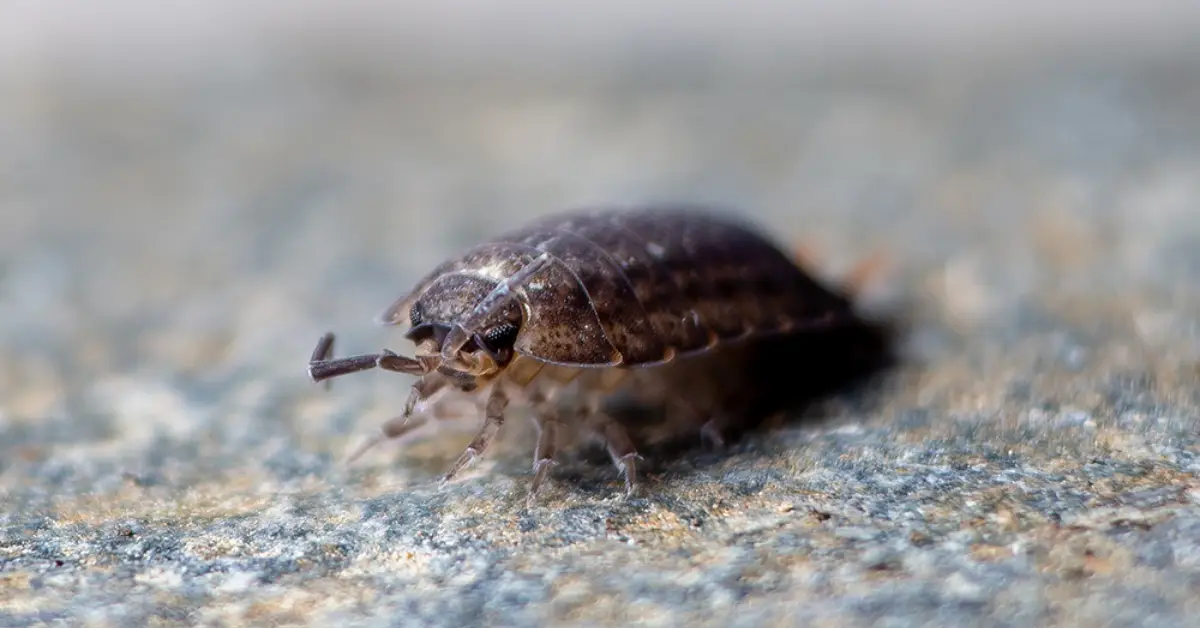7 Quick Fixes to Remove Carpet Beetles Without Spending a Fortune
I’ll be honest — the first time I found tiny holes in my wool rug, I thought it was just wear and tear. A week later, I noticed faint dust around the skirting boards, and that’s when it hit me: carpet beetles. Those almost invisible little dots can quietly ruin fabrics, clothes, and even furniture before you realise what’s happening.
If you’ve started seeing them too, I know the mix of panic and disgust that follows — that sinking thought of “Do I need to call pest control?” But the truth is, you don’t always have to. Over the years, I’ve learned that getting rid of carpet beetles isn’t about dousing your home in chemicals; it’s about understanding how they live and cutting off what keeps them alive.
With the right cleaning habits, heat, and natural deterrents, you can reclaim your space without spending hundreds on exterminators. In this guide, I’ll walk you through the proven methods that actually work — the kind experts mention but most blogs skip. So, before you pick up the phone to call a professional, let’s see what you can do yourself. Have you noticed where they appear most often — near windows, closets, or carpets?
Understanding Carpet Beetles – What You’re Dealing With
What Are Carpet Beetles and Why Are They in Your Home?
If you’ve ever noticed tiny round bugs near your windows or found small bald patches on your favourite sweater, you’ve probably met a carpet beetle. These little invaders come in a few main types — varied carpet beetles, furniture carpet beetles, and black carpet beetles — all of which love the same thing: natural fibres. Unlike pests that bite or sting, carpet beetles quietly chew through the things you care about most — wool rugs, silk scarves, upholstered chairs, even pet hair trapped in corners.
They don’t show up because your house is dirty. They show up because your home has the perfect buffet. Carpet beetles thrive on organic materials — that includes:
- Wool, silk, cotton, and fur fabrics
- Dead skin cells and lint
- Pet hair and feathers
- Stored fabrics or clothes left untouched for months
What makes them so tricky is their life cycle. A single female can lay up to 100 eggs, which hatch into larvae that do most of the damage. These larvae feed for weeks (sometimes months) before turning into pupae and eventually adults that fly toward light. You might see adults near windows, but the real destruction happens in dark, quiet spots — closets, under furniture, or in air vents.
According to the University of California’s Integrated Pest Management program, larvae can survive on almost any animal-based material and may go unnoticed for long periods. That’s why identifying them early is key before they multiply and spread.
If you’ve been blaming the vacuum for snagged fibres or assuming moths are the culprit, it’s time to look closer — the culprit might be far smaller and smarter.
Early Warning Signs You Might Miss

How to Identify a Carpet Beetle Infestation Before It Spreads
Carpet beetles rarely announce themselves. You won’t hear them scurry or buzz, and most of the time, you won’t notice them until the damage is done. But once you know what to look for, the clues become obvious.
Here are the signs I tell people to check first:
- Small, brown, shell-like skins — these are shed by growing larvae and often collect along baseboards or under furniture.
- Tiny holes in fabrics or upholstery — especially in wool, silk, or blends that contain natural fibres.
- Dust-like crumbs or gritty residue — a mix of droppings, skin, and fibres that feels like coarse lint.
- Tiny crawling dots near windowsills or vents — these are adult beetles heading toward light sources.
Sometimes you’ll notice a faint, musty smell around storage boxes or old blankets — that’s another red flag. For a quick test, grab a lint roller or a flashlight and run it along the edges of your carpet or the back of your closet. If you find little brown shells or what looks like moving lint, you’re not imagining things.
Catching them early can save you hundreds in fabric repairs and cleaning. Most people don’t spot an infestation until it’s widespread, but with a careful look and a bit of patience, you can stop these silent feeders before they take over your home.
Have you noticed any of these signs around your windows or in your wardrobe yet?
Step 1 – Deep Vacuuming the Right Way
Why Regular Vacuuming Alone Isn’t Enough
I’ve learned the hard way that a quick Sunday vacuum won’t get rid of carpet beetles. They hide where your vacuum rarely reaches — under sofas, behind curtains, along skirting boards, and even inside air vents. If you want real results, you need to clean like you’re hunting for them.
Here’s what actually works:
- Move heavy furniture and vacuum every corner, especially near walls and dark carpet edges.
- Use the narrow nozzle on upholstery seams, vents, and baseboards — these are their favourite hideouts.
- Switch on your HEPA filter, if your vacuum has one. It traps microscopic eggs that normal filters miss.
- Empty the bag or canister immediately after cleaning, tie it in plastic, and take it outside.
When you vacuum this way, you’re not just tidying up — you’re cutting off the beetles’ food supply and nesting spots. It’s the simplest, most powerful first step toward taking your home back.
Step 2 – Heat and Wash Fabrics Properly
Use High-Heat Laundering to Kill Eggs and Larvae
Once you’ve tackled the floors, your next target is fabrics — because that’s where beetles really thrive. They love undisturbed fibres like stored clothes, curtains, and blankets.
Hot water and detergent can do more than any spray if you use them right. Wash all infested or suspect items — clothing, towels, linens, or curtains — on a high heat cycle, then dry them thoroughly. The heat breaks the beetle life cycle by killing eggs and larvae that water alone can’t.
If you’re unsure how to handle your materials safely, follow guidance from the Home Depot pest control guide. It recommends washing and drying with hot water and detergent, then storing fabrics with cedar strips or mothballs to stop re-infestation.
It’s a small habit that saves a lot of frustration — and it’s far safer (and cheaper) than overusing chemicals.
Step 3 – Natural Remedies That Actually Work

Safe DIY Treatments to Get Rid of Carpet Beetles Naturally
Not everyone wants to spray insecticides around the house — especially with kids or pets. The good news is, you don’t need to. A few natural household ingredients can handle most beetle problems if you stay consistent.
1. Diatomaceous Earth (DE): A fine white dust made from fossilised algae — it kills beetles by dehydrating them. Sprinkle a thin layer along carpet edges, under furniture, and near closets. Leave it overnight, then vacuum it up the next day.
2. White Vinegar Spray Mix: Mix equal parts white vinegar and water in a spray bottle. Wipe down shelves, window sills, and baseboards. The acidity dissolves larvae residue and repels adults from laying new eggs.
3. Cedar and Clove Oils: Beetles hate the scent of cedar and clove. Add a few drops of oil to cotton balls or sachets and place them inside closets and storage boxes. You can also mix the oils with water to make a gentle spray for fabrics.
These methods won’t work overnight, but they’re safe, sustainable, and proven. Think of them as your long game against reinfestation — steady progress that keeps your home beetle-free naturally.
If you prefer to stick with eco-friendly methods, you’ll probably like this guide on 10 natural ways to get rid of carpenter ants without using chemicals. It follows the same gentle but effective approach that keeps your home pest-free naturally.
Step 4 – Target Their Hidden Breeding Spots
Where Carpet Beetles Hide and How to Treat Each Spot
Most people clean the obvious places — rugs, clothes, and carpets — but carpet beetles are sneaky. They breed in quiet, dark spaces where you rarely look. Once you know where to check, the battle gets a lot easier.
Here’s where I always start:
- Upholstery seams and cushions – vacuum thoroughly and dust lightly with Diatomaceous Earth.
- Air vents, baseboards, and floor corners – wipe with your vinegar solution to break up eggs.
- Storage boxes and closets – line with cedar paper or use sachets of clove or lavender.
- Under rugs and heavy furniture – vacuum weekly to disturb larvae hiding underneath.
- Pet bedding – wash it in hot water every week; beetles love pet fur.
The goal isn’t just to clean — it’s to make your home unlivable for beetles. When they have nowhere safe to hide, the infestation can’t survive. If your problem areas extend to food storage or dry goods, you might be dealing with another sneaky pest too. Learn how to avoid 7 mistakes that attract pantry moths and how to fix them fast before they take over your cupboards.
Step 5 – Seal, Store, and Block Reinfestation
Prevent Carpet Beetles from Coming Back
Once you’ve cleared the infestation, the real challenge is keeping it from returning. Carpet beetles don’t need much of an invitation — one forgotten sweater or a small crack near a window can start the cycle all over again. That’s why prevention is the most powerful step in this process.
Here’s what actually works long term:
- Store fabrics and clothes in airtight containers or vacuum-sealed bags instead of cardboard boxes. Beetles can easily chew through paper and fabric.
- Use weatherstripping to seal gaps around windows, doors, and vents where adult beetles might fly in.
- Keep humidity under 50% — beetles thrive in warm, damp environments. A small dehumidifier in closets or basements can make a huge difference.
While you’re sealing up those cracks and cleaning storage areas, it’s worth checking your kitchen too — many people unknowingly create perfect entry points for other pests. Here’s a quick read on 8 ways you’re accidentally attracting ants in your kitchen that can help you prevent more infestations at once.
If you stay proactive, you’ll notice that infestations simply stop happening. Prevention isn’t glamorous, but it’s the quiet habit that saves you from ever going through this again.
Step 6 – When to Use Insecticides (Last Resort)
Choosing Safe Residual Sprays or Boric Acid for Spot Treatment
Sometimes, even with your best efforts, a few stubborn beetles stick around. That’s when a careful, targeted approach with insecticides can help — but only as a last resort. I always tell people: treat chemicals as a precision tool, not a blanket solution.
Here’s how to use them safely and effectively:
- Use boric acid powder on carpets, rugs, and furniture — it’s mild but lethal to larvae and adult beetles. Leave it for a few hours, then vacuum it thoroughly.
- For persistent spots, pick an EPA-approved spray that lists deltamethrin or bifenthrin as active ingredients.
- Always read the label carefully and test a small, hidden patch of fabric first to avoid staining.
- Keep pets and children away until treated areas are fully dry and ventilated.
The U.S. Environmental Protection Agency recommends limiting indoor pesticide use and focusing on preventive cleaning whenever possible. A light, informed hand is safer — and often just as effective — as a heavy chemical approach.
Step 7 – Keep Monitoring and Cleaning Routine

How to Maintain a Beetle-Free Home Long-Term
The real secret to keeping your home beetle-free isn’t in the sprays or powders — it’s in consistency. A few smart habits every week make all the difference.
Try this routine:
- Vacuum high-risk zones weekly, especially along skirting boards and under rugs.
- Use a lint roller on fabrics, cushions, and curtains to catch stray eggs before they hatch.
- Place sticky traps near light sources or windows to catch any adult beetles before they breed.
- Inspect storage twice a year, especially during spring and autumn when beetles are most active.
Think of this as maintenance, not cleaning. It takes just a few minutes each week, but it keeps your home in a constant “no-entry” mode for pests.
Myth-Busting Corner
Common Myths About Carpet Beetles You Should Stop Believing
Even seasoned homeowners fall for a few of these — but clearing them up makes prevention a lot easier:
- “They only live in carpets.” False — they also thrive in curtains, furniture, closets, and even book bindings.
- “Only dirty homes get them.” Not true — beetles care about materials, not cleanliness. Even spotless homes have natural fibres that attract them.
- “Freezing kills instantly.” Half true — it works, but only if items stay frozen for at least three full days. Anything less won’t destroy all larvae.
Understanding the facts helps you act with confidence instead of panic. And once you know how carpet beetles really behave, you’ll never waste time on myths that don’t work.
Final Takeaway
By now, you’ve done what most homeowners never manage — you’ve not only stopped the infestation, but you’ve learned why it started and how to prevent it for good. The truth is, keeping your home beetle-free isn’t about doing everything at once; it’s about doing a few smart things consistently.
When you vacuum deeply, wash fabrics with heat, use natural deterrents like vinegar and essential oils, seal entry points, and inspect regularly, you create an environment where carpet beetles simply can’t survive. These small habits, done with a bit of discipline, are far more powerful than any chemical spray or pest control visit.
Remember — DIY solutions truly work when you stay consistent. The difference between a recurring problem and a permanently pest-free home comes down to routine, not luck.
Have you tried any of these tricks yet? Share your experience in the comments below — what worked best for you? Your story might help another reader win their own battle.
For more practical home care and pest prevention tips, visit Build Like New— where real people share real fixes that make every home feel new again.
Disclaimer: The information in this article is for general home maintenance guidance only and should not replace professional pest control advice. Always read product labels carefully and follow manufacturer or EPA safety recommendations before using any insecticides or cleaning solutions.


